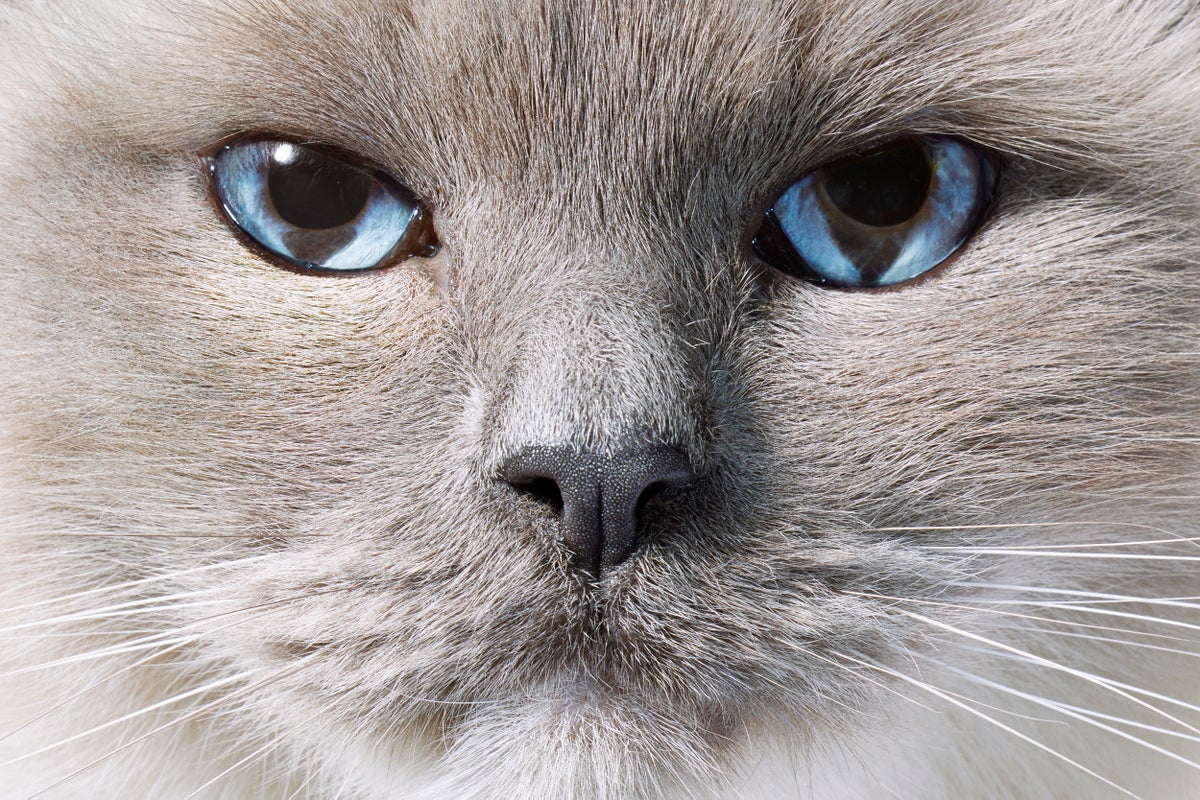
"Photographer Tim Flach's new book is unusually personal: it includes images not only of his cata regal orange-and-white former barn kitten named Lokibut also of his brain, thanks to MRI scans gathered as he looked at cute images. The photographer has dedicated previous books to horses, dogs and endangered speciesand shot photos of songbirds for Scientific Americanbut had been hesitant to take on the notoriously uncooperative felines. My publishers from day one have been wanting me to do a cat book, Flach says."
"But he persevered, producing a book called Feline (Abrams) that combines his images with text by Jonathan Losos, an evolutionary biologist at Washington University in St. Louis. As the book came together, Flach was fascinated to learn what science knowsand doesn't knowabout felines of all forms and the long evolutionary history of cats. Thirty million years back, we'd have recognized a cat, he says, whereas we wouldn't recognize [human ancestors] somewhere, arboreally going up some tree."
"The book also nods to conversations about photo manipulation and generation, including by artificial intelligence, as Flach and the rest of us attempt to navigate a world of doctored images. The problem in the past used to be just getting the cat to stay on the table, he says. Now the problem is proving it was ever there in the first place."
A photography project presents intimate feline portraits alongside MRI brain scans recorded while viewing cute images. A named orange-and-white former barn kitten appears in several portraits. Previously focused on other animals and scientific subjects, the creator had been hesitant to photograph notoriously uncooperative cats but persisted. Evolutionary context emphasizes that animals resembling modern cats existed thirty million years ago, contrasting with less recognizable early human ancestors. The work acknowledges contemporary concerns about photo manipulation and artificial intelligence, highlighting increasing difficulty proving the authenticity of photographed subjects. A Persian cat with hypertrichosis is featured, with the condition noted to affect humans and result from genetics or side effects.
Read at www.scientificamerican.com
Unable to calculate read time
Collection
[
|
...
]